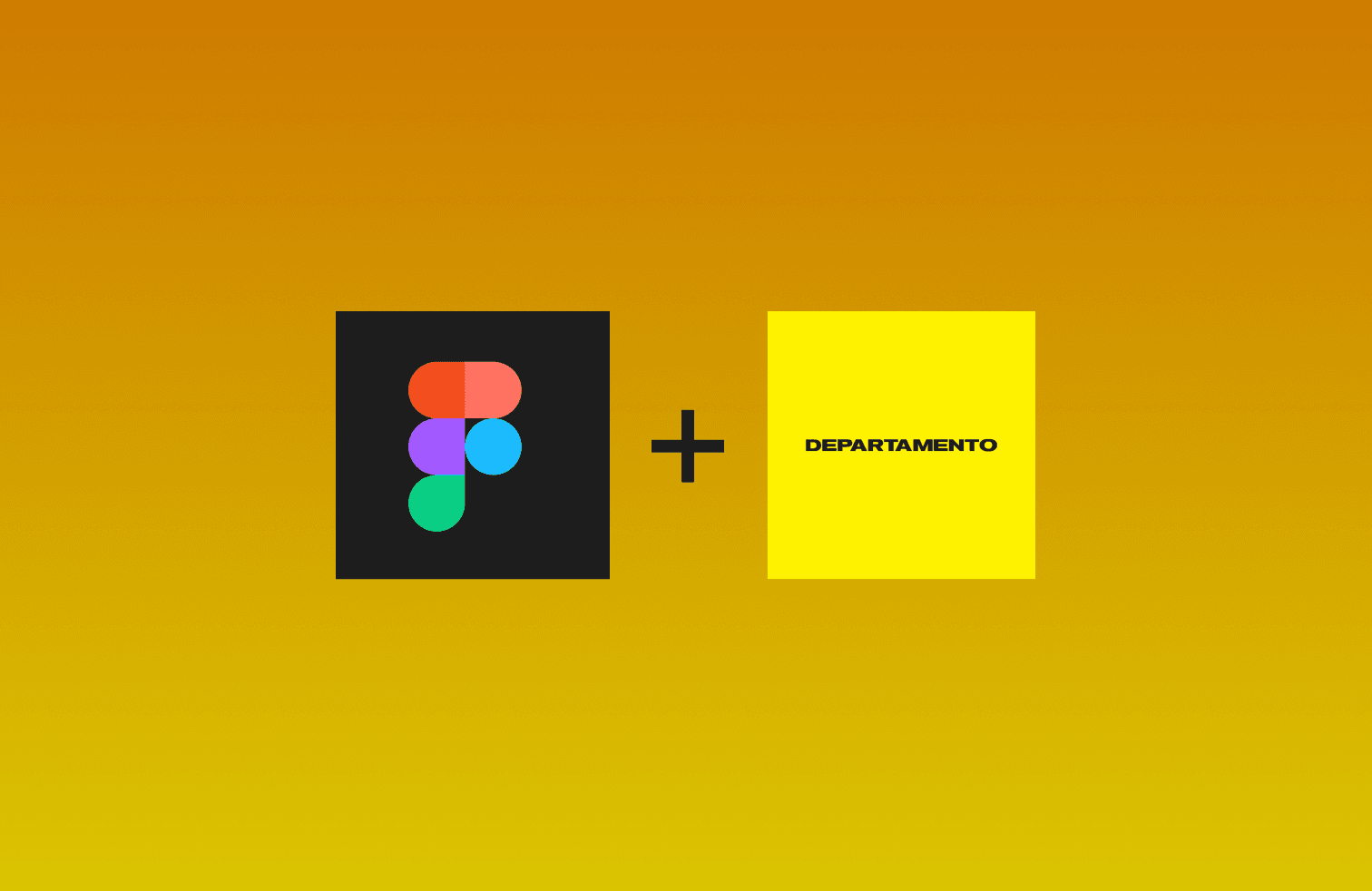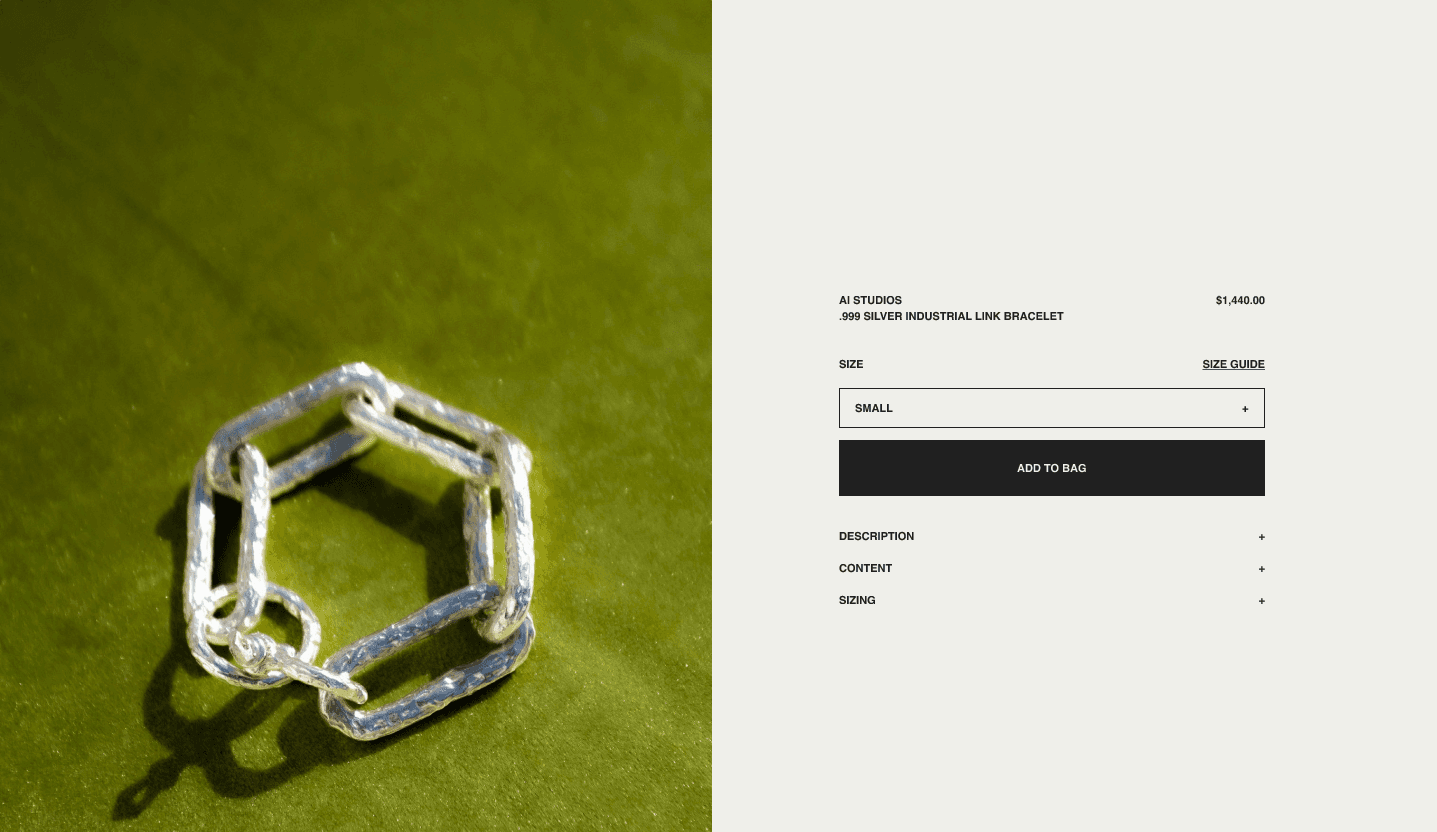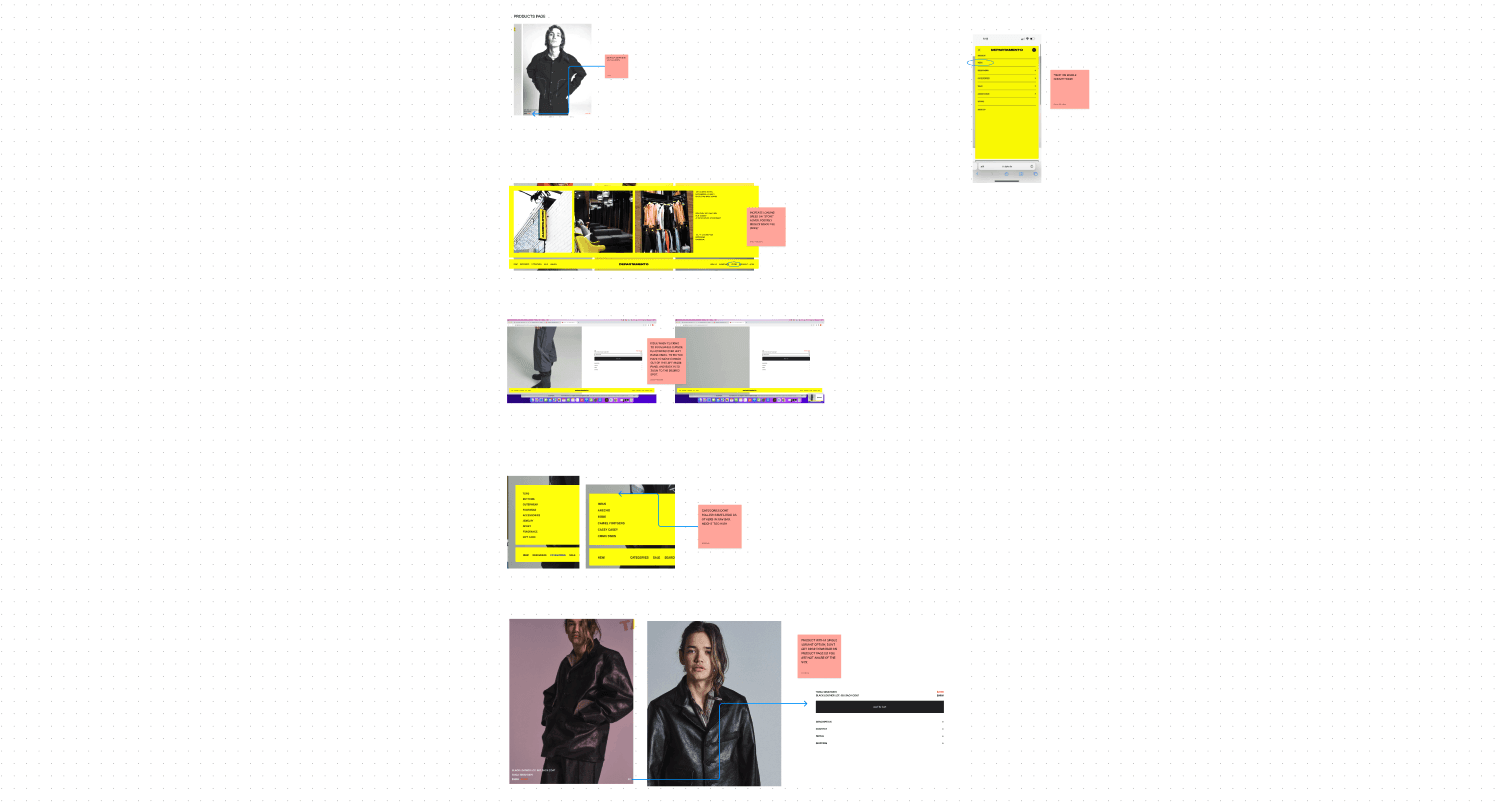
How we used Figma to test UX for DEPARTAMENTO
Mar 15, 2022
When Departamento started the process of rebuilding the legacy Shopify store into a modern headless architecture, The initial solution was simple: leverage Figma’s design tools and FigJam for fast and collaborative ideation.
Figma, an intuitive and collaborative design software, was used to draft concepts and layouts seamlessly. It was not only beneficial in terms of output quality enhancement but also aided in paving an effective communication route between our developers and designers due to its collaborative nature.
FigJam, on the other hand, was used to further the collaborative aspect as teams can brainstorm and prototype in real-time. Developers, designers, and even project stakeholders could discuss, comment, test, and prototype UI/UX elements collaboratively.
Project Execution:
The first step was to run several brainstorming sessions on FigJam. Here, our teams conceptually put down their ideas concerning the feel and experience of each headless component.
Next, these ideas were converted into UI/UX elements on Figma, where their interactions with end users were simulated. Through several interactive meetings, the entire project team iterated through these ideas, constantly fine-tuning aspects to reach the best user interface.

Our client, Departamento, was an active participant in the entire decision-making process, providing valuable insights on the website rebuild with emphasis on their users needs and expectations.

The Outcome:
By leveraging Figma and FigJam throughout our process, we were able to conceptualize, design, collaborate, prototype, and finalize our approach to rebuilding Departamento's web page headless components in a more efficient and user-centric manner.
By embracing a human-centric approach, we gave the client the ability to blend content, design, and functionality effortlessly, creating a seamless user experience.

Conclusion:
The case of Departamento demonstrates how effectively using tools like Figma and FigJam can streamline workflows and foster efficient collaboration, enabling teams to tackle complex projects head-on. By focusing on the user experience and utilizing a collaborative visual approach, businesses like Departamento can meet their digital goals effectively and efficiently.